Head's up, there could be affiliate links ahead!
I first learned of minimalism through the minimalists. At first, I thought it sounded boring, but the more I listened with cautious skepticism, the more sense it made to me. As someone with ADHD, I have also found it to be incredibly calming, self-soothing and helps me feel more in control of my life and choices.
Minimalism = Peace. No Deprivation Required
The Minimalists challenged me to think about owning less as an acknowledgment of having enough – a feeling we rarely have in our culture of accumulation. There are so many opportunities to consume, especially as women. There are seasons to dress for, purses for every outfit and the shoe options are endless.
Follow any fashion blogger on Instagram and the invitation to “swipe up to buy” is relentless. I don’t know about you, but after a while, I find that constant pressure to shop to be really distracting. I also feel a sense of lack when I see beautifully styled wardrobes made of endless quantities of clothes.
I’ve been on this journey for a few years now, and while I wouldn’t call myself a hardcore minimalist by any stretch, I have changed my consumption-based habits.
Most surprisingly though, I’ve learned a lot about how a minimalist approach to life can really enhance happiness and more control over my thoughts and choices. I share a few of my own discoveries below, but the best way to understand how it changes your perspective is to try it for yourself.
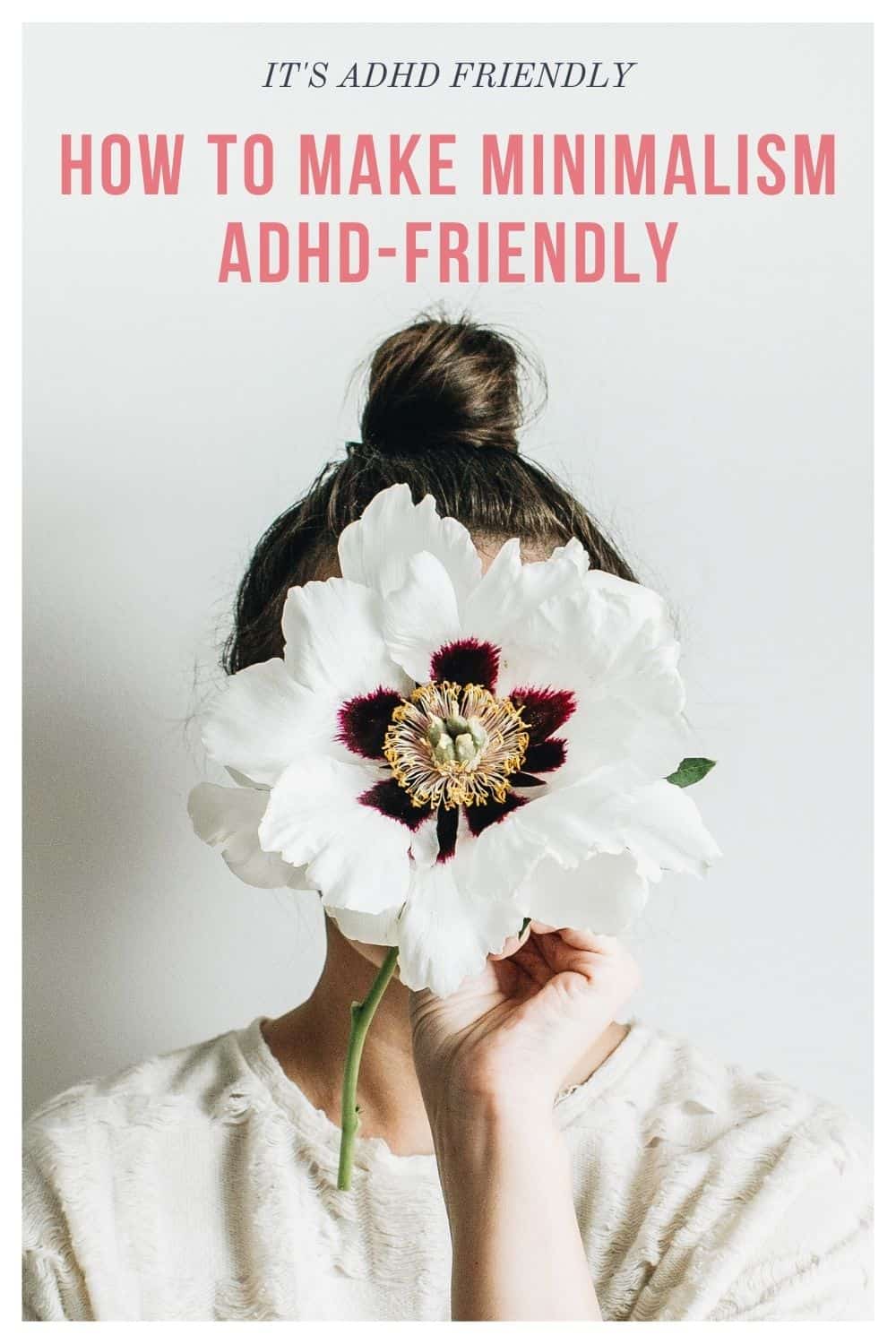
“Messy Minimalism” My ADHD-Friendly Approach to Decluttering
Minimalism is depicted as this clean, streamlined, almost personality-less style. As someone with ADHD, I have an appreciation for this look, but my ability to maintain it is almost zero.
When I started Marie Kondo-ing, my house looked like a bomb went off in it, and I honestly wondered if I was making a huge mistake even starting that adventure.
I’m sure I’m not alone when I say that Marie Kondo’s method of pulling out everything you own in a space to sort and organize sounds like a complete nightmare. Sorting and organizing call for executive function skills that no amount of medication can help me get excited about.
So instead of following the Kondo method, I came up with the “Messy Minimalism” method. That is, I let myself go through purging rooms and spaces at my own pace. I didn’t throw everything on the floor all at once, but instead went through closets and drawers and removed the things I knew for sure I had no need for. I put it all in the garbage or donation bag (which I kept in the trunk of my car), right away so no clutter mounted up.
Sometimes I would come back to the same area 3 or 4 times to look through it and see what else I could remove. I found that removing clutter in waves was easier then doing it all at once.
Most importantly, I let my interests guide which space I tackled. Based on my mood, energy level or amount of time I had, sometimes that looked like a small drawer, and other times, it looked like the bottom self of my closet.
There was no real structure to it, but it worked for me and my ADHD brain.
Enjoying Your Things More
Ironically, I’ve noticed that by letting go of belongings, the things that remain become more meaningful. Minimalism isn’t about forced austerity or even being frugal or cheap. Very often opting for less means investing in better quality at a higher initial cost.
Most importantly, you now have a clearer connection to the things that have meaning and value to you. Only your favorite sweaters hang in the closet, only the best pens sit in your desk drawer and your space reflects what’s most important to you right now.
Appreciating the Style of Minimalism
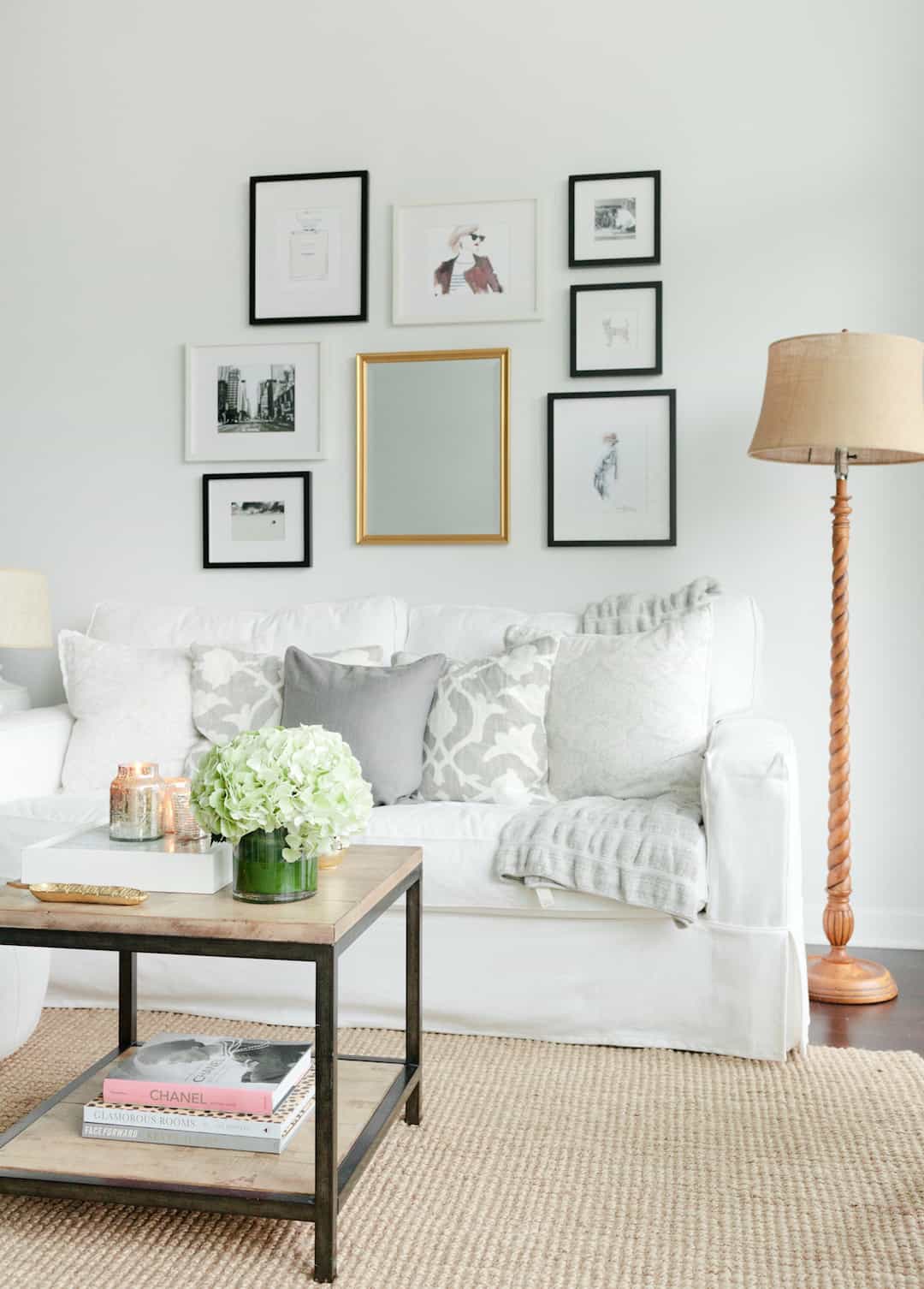
The beauty of open space. The peacefulness of order. It makes me want to take a deep breath and relax. The less I have in my home and fewer distractions competing for my attention the calmer and focused I feel.
Very often our attention gets distracted by thoughts about “things” that need to be organized, repaired, stored or cleaned. These small stressors add up to chronic anxiety over time.
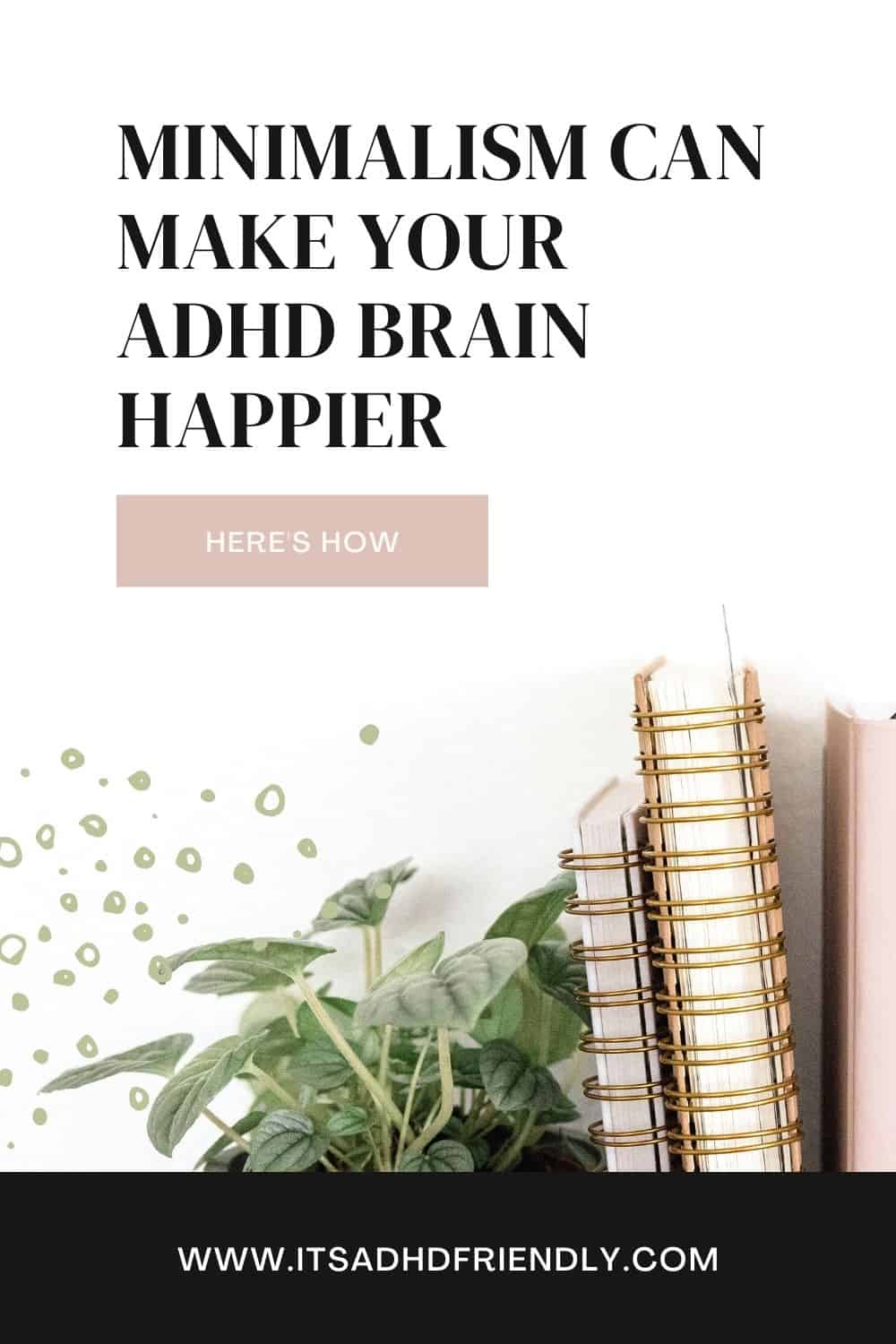
Embrace Your Own Version of Minimalism
When you think about the idea of minimalism, or getting rid of belongings, what comes up for you? Is it a fear of loss or lack? Do you feel triggered or overwhelmed?
If that’s the case, take some time to think about what the perfect approach to owning less might look like for you. How would it improve your life, your space and your finances?
The key thing to remember, is that there is no right or wrong way to approach minimalism. There are no rules. It’s just a “made up” concept that you can adopt in any way that appeals to you. Have fun with it and make it your own.
You won’t regret it!


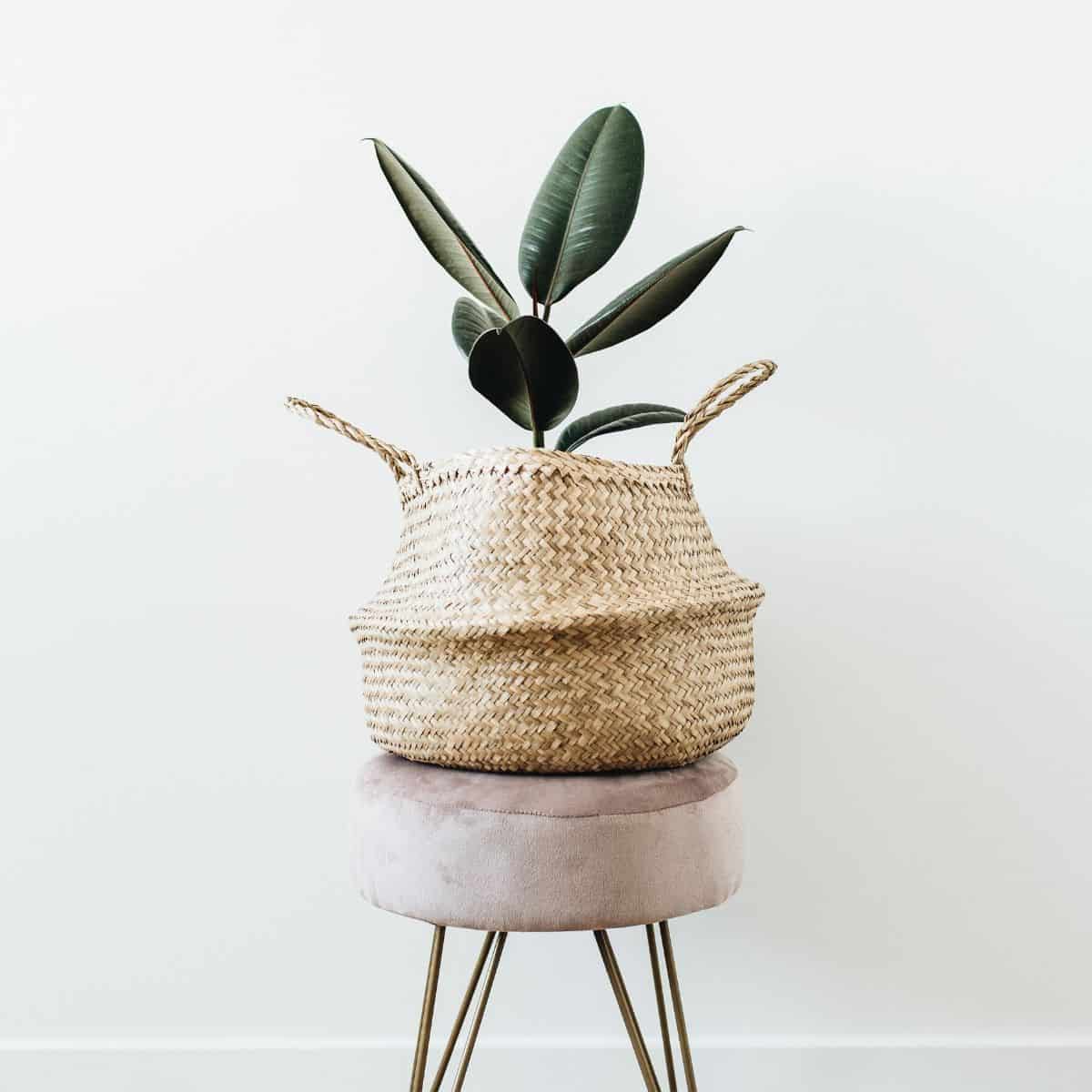
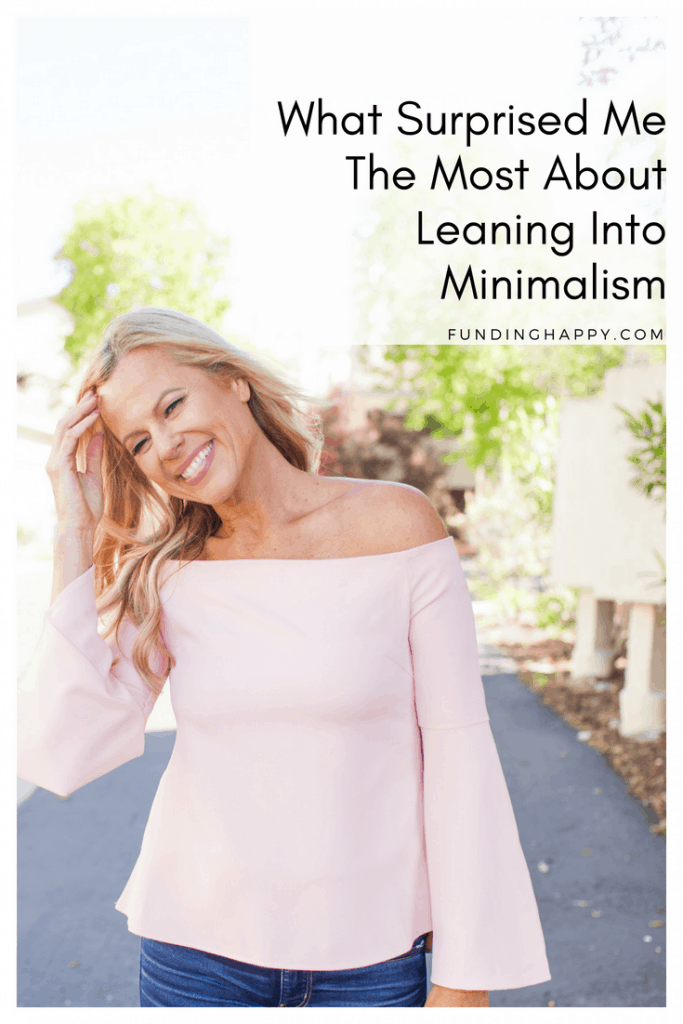

J.Money says
Did you know there’s a new book out in our space called “Messy Minimalism”?! I bet you’d like it 😉
https://messyminimalism.com/
Caren Magill, MA, CPT, RYT & ADHD Life Coach says
OMG!!!! I had no idea. I’m half bummed because I thought that was such a clever title, but I’m also going to read because #adhd
Leslie says
I want to feel better about my life and my clutter and get rid of my clutter.